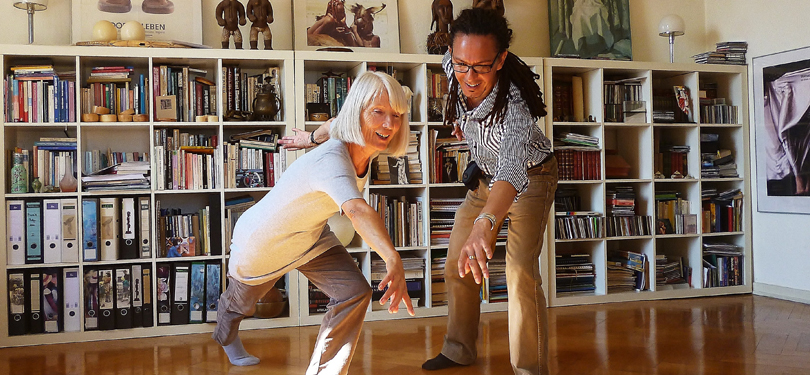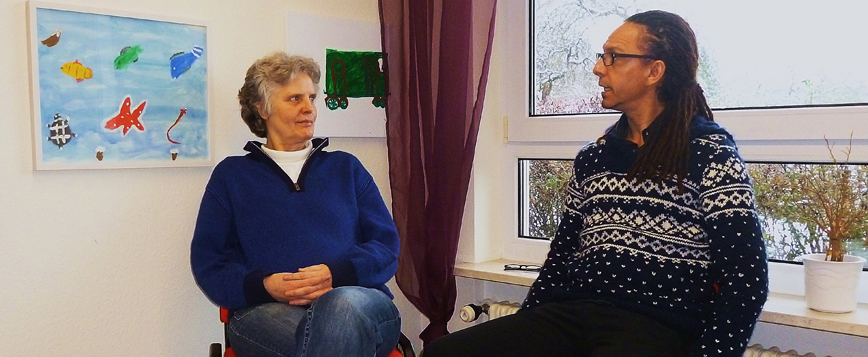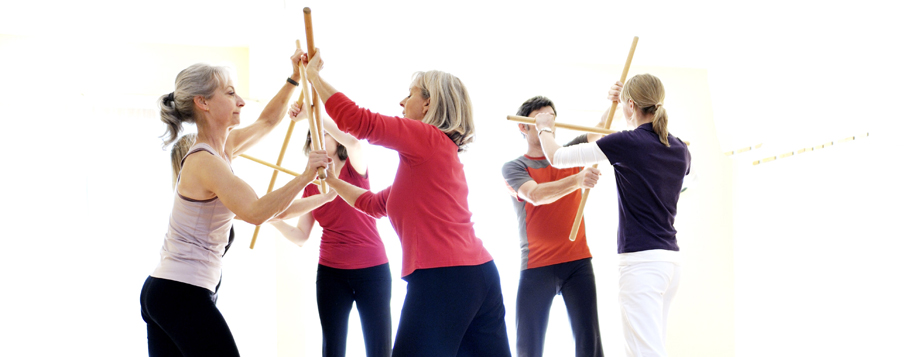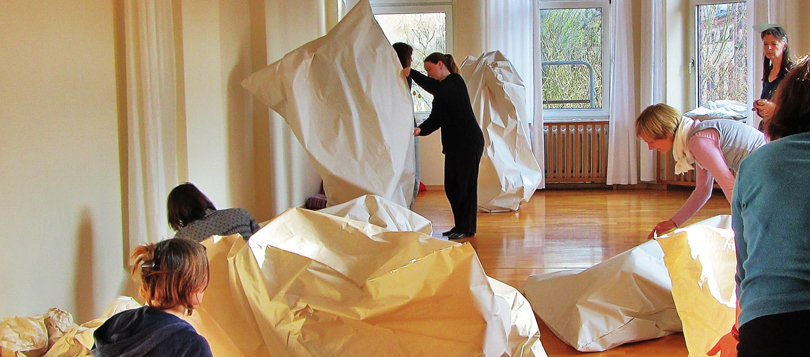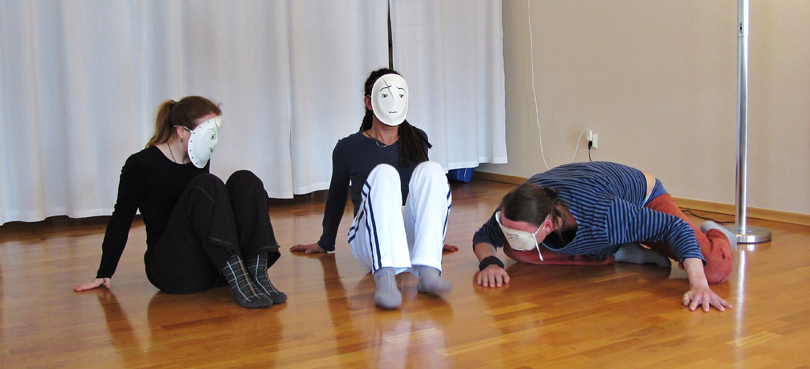The dance therapy is a creative body-psychotherapeutic method, which combines resource-oriented movement and body psychotherapy. It is based on the principle of unity and interaction of physical, emotional, psychological, cognitive and social processes.
Dance therapy is an interaction between "moving" and "being moved" by inner impulses, feelings and sensations of the body.
Dance therapy offers a cross-process method that applies psychodynamic, behavioral and systemic therapy treatment contexts such as: movement analysis, the combination of verbal and nonverbal communication, creative movement exercises, etc.
Motor activity and mental phenomena, such as mood, well-being and concentration, orientation are interdependent and influence each other. Even our immune system is stimulated from our thoughts.
Through working with the body there can be a change of feelings, thoughts and social skills. The procedure depends on the current topic and the present state of the therapy. The therapeutic treatment begins with healthy psychological functions and thus promotes the mental stability and ego strength.
The goal of dance therapy work is to cope with psychosocial and intrapsychic conflicts as well as the stabilization of one’s personality.
Other objectives of dance therapy are:
- the integration of prelinguistic experiences by involving the body language and the body memory
- the promotion of body awareness
- the development of a realistic body image
- the promotion of personal movement expression and authentic movement
- the promotion of internal and external perception
- the process of emotional experiences
- the process intra-/ inter-psychic conflicts
- the acquisition of new forms of relationship / action skills
- a linguistic work-up and reflection of the movement experienced
- awareness and integration of the lived experiences
Dance therapy strengthens physical self-confidence, promotes emotional balance and supports the creative exploration of current life issues.






